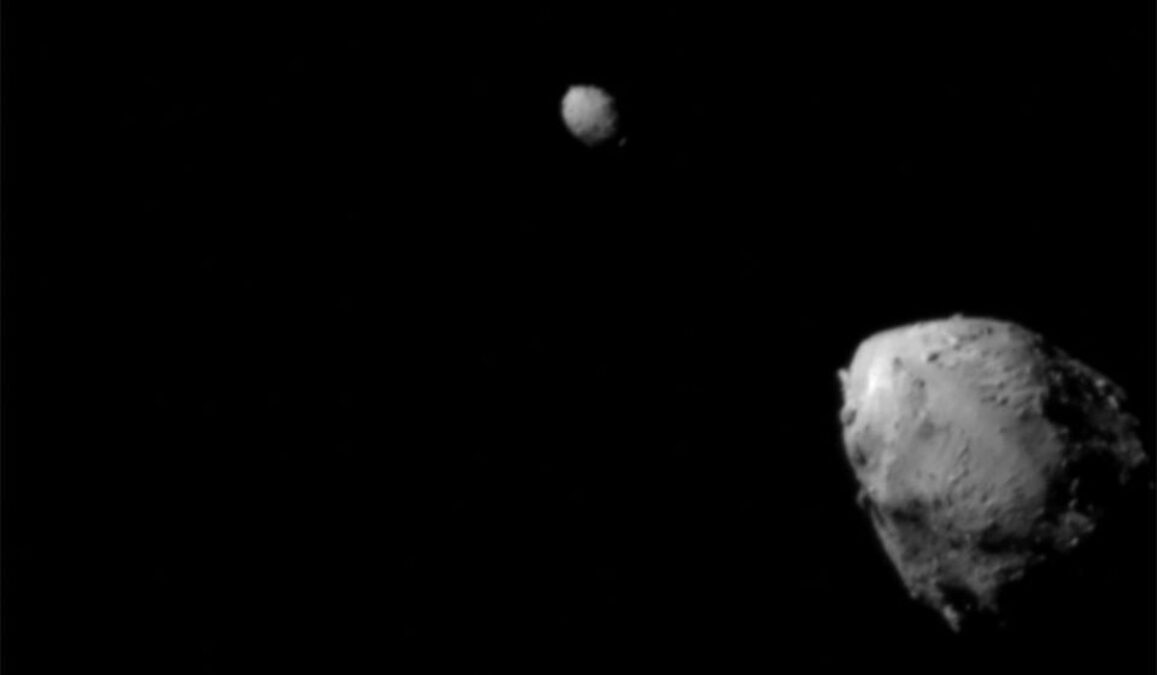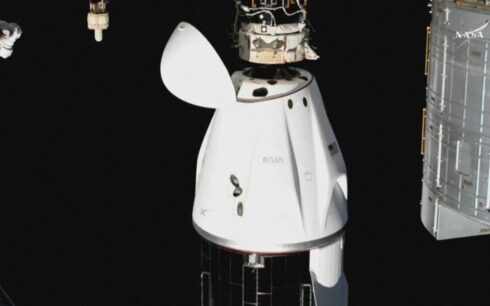NASA’s DART spacecraft successfully slammed into a distant asteroid at hypersonic speed on Monday in the world’s first test of a planetary defense system.
The system is designed to prevent a potential doomsday meteorite collision with Earth.
Reuters report says that it was humanity’s first attempt to alter the motion of an asteroid or any celestial body played out in a NASA webcast from the mission operations center outside Washington, DC, 10 months after DART was launched.
The livestream showed images taken by DART’s camera as the cube-shaped “impactor” vehicle, no bigger than a vending machine with two rectangular solar arrays, streaked into the asteroid Dimorphos, about the size of a football stadium, at 7:14 p.m. EDT some 11 million kilometers from Earth, according to Reuters report.
The $330 million mission, some seven years in development, was devised to determine if a spacecraft is capable of changing the trajectory of an asteroid through sheer kinetic force.
“NASA works for the benefit of humanity, so for us, it’s the ultimate fulfillment of our mission to do something like this – a technology demonstration that, who knows, someday could save our home,” NASA Deputy Administrator Pam Melroy, a retired astronaut, said minutes after the impact.
DART, launched by a SpaceX rocket in November 2021, made most of its voyage under the guidance of NASA’s flight directors, with control handed over to an autonomous onboard navigation system in the final hours of the journey.





